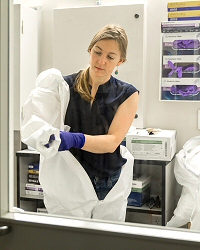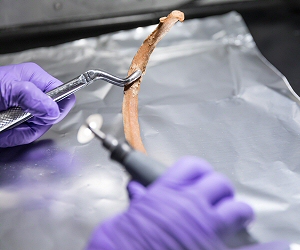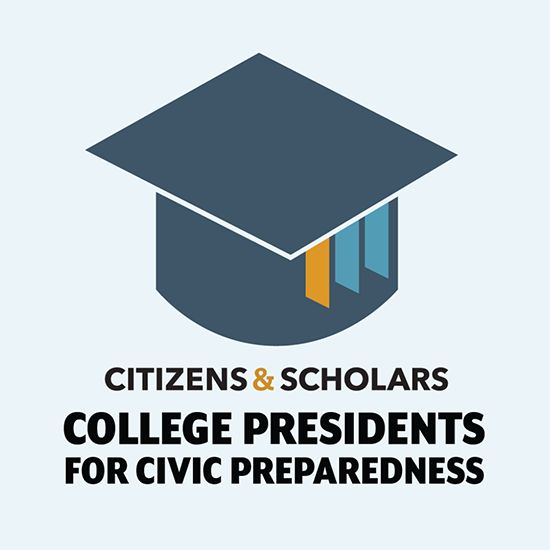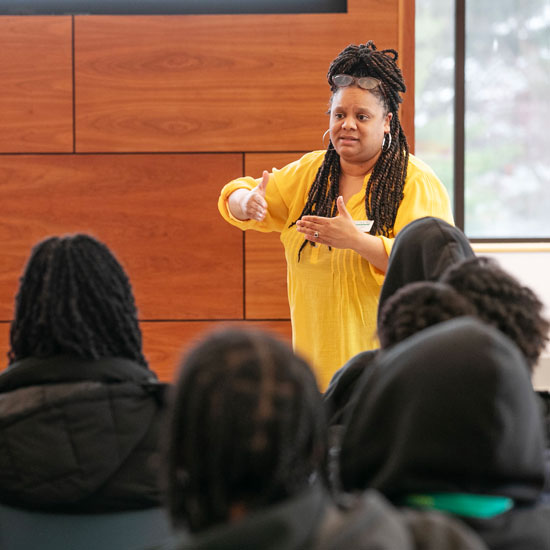Genetics ancient and modern
If you've ever looked into getting your DNA tested for genealogical or medical reasons, you know our understanding of human genetic history is expanding rapidly. The further the science advances, the further back our explorations can go. While you may love learning your ancestry from a few hundred years ago, bioarchaeologist Kelly Harkins '04 is learning about DNA sequences that are many thousands of years old.

Harkins suits up
"I've worked on an 11,000-year-old human from South America, and on samples from ancient
Nubia to the Bronze Age to the Vikings to medieval Europe," says Harkins.
Her specialty is paleogenetics, particularly the evolution of human illness. "I look
for signs of disease in bone and try to extract and reconstruct the DNA from the organism
that I think caused the disease," she explains. She has found cases of ancient tuberculosis
and recently sequenced Mycobacterium tuberculosis DNA from the bones of someone who
lived in northern Chile about 700 years ago. She has studied parasites that caused
the earliest-known skeletal cases of New World leishmaniasis and compared them to
Leishmania strains found throughout the globe today.
In ancient specimens, DNA has degraded with time and will be overrun with DNA from
microbial life. "At some point, a bone will become no different from a rock," says
Harkins. But, she adds, "it's always worth trying, and the technology keeps improving
such that we now can recover smaller and smaller DNA pieces by methods unimaginable
20 years ago."

At Skidmore, her interest in archaeology evolved into analyses of ancient human remains
and the contexts in which they're buried. Her second major in music led her to study
in Vienna, where she took piano and flute lessons (her nickname is "Fife") and played
in ensembles. Only in her last week there did she make her way to the Natural History
Museum, including "a long hallway lined entirely with shelves of human skulls, from
its osteology collection of over 40,000 human remains," she recalls. Intrigued, she
knew she would return to work there, which she did as a Fulbright scholar in 2004–05.
"Had I not studied music abroad," she muses, "I might not have taken that museum tour
that led to my current career."
Harkins earned a PhD at Arizona State University and then continued her human paleogenomics
research at the University of California at Santa Cruz, where she was named a National
Science Foundation postdoctoral research fellow. Skidmore honored her with an alumni
Palamountain Scholar Award in 2015.
This summer Harkins's career took a new twist, as she became the founding CEO of a
biotech startup working with degraded DNA circulating in living humans, where its
release is a result of the constant process of cell death. She says, "The technology
we've developed for this was born directly from ancient DNA research." —Kathryn Gallien


